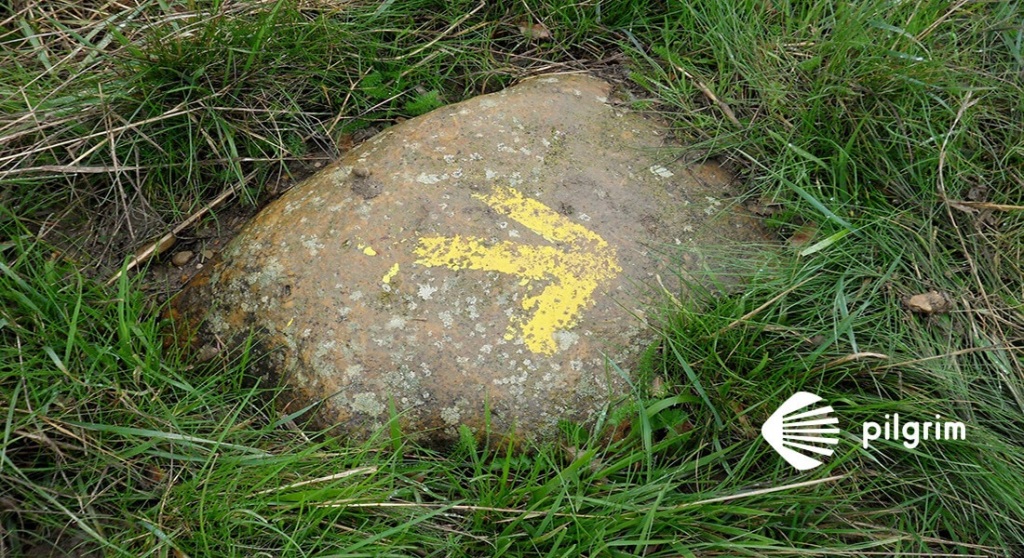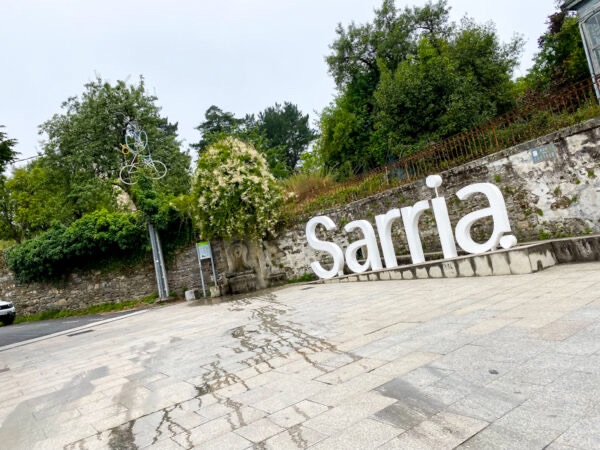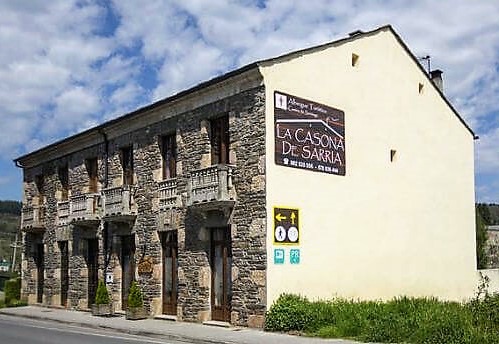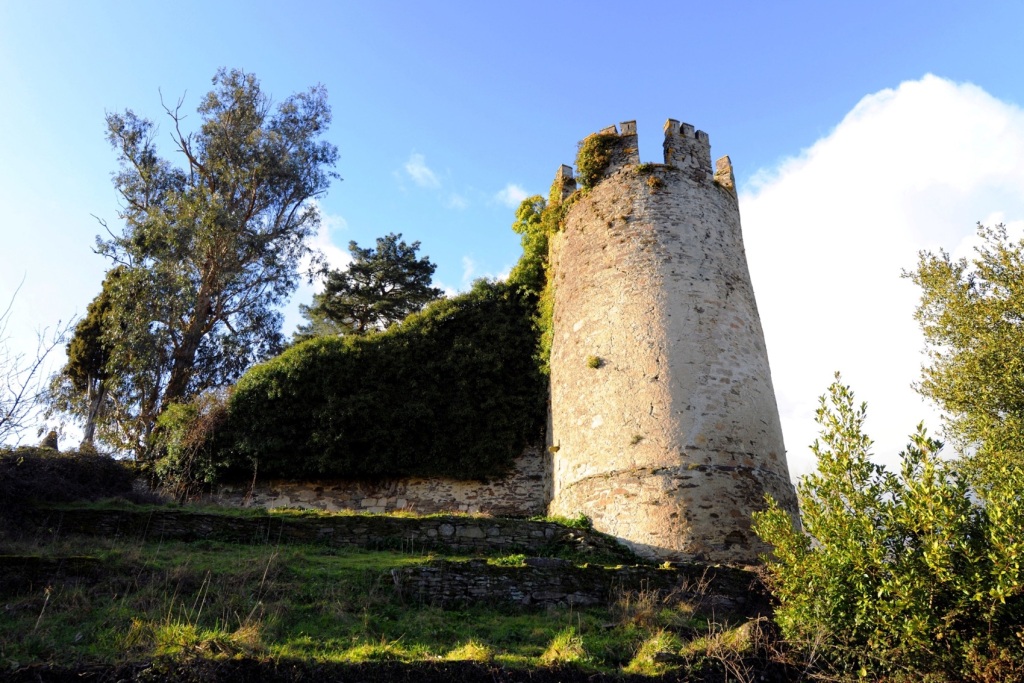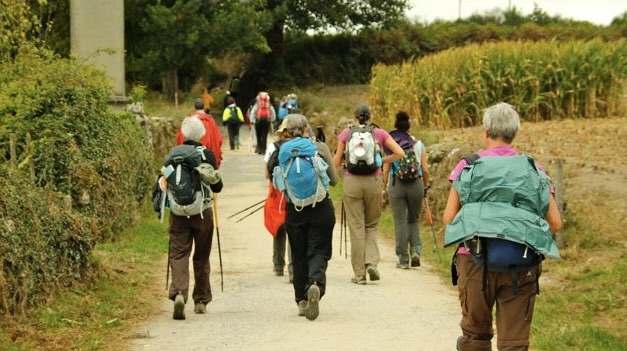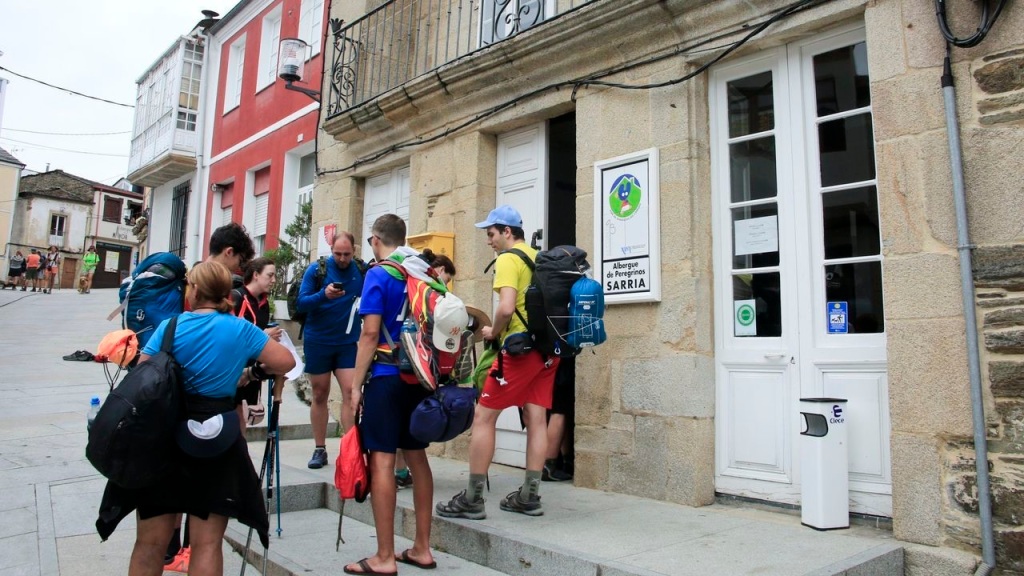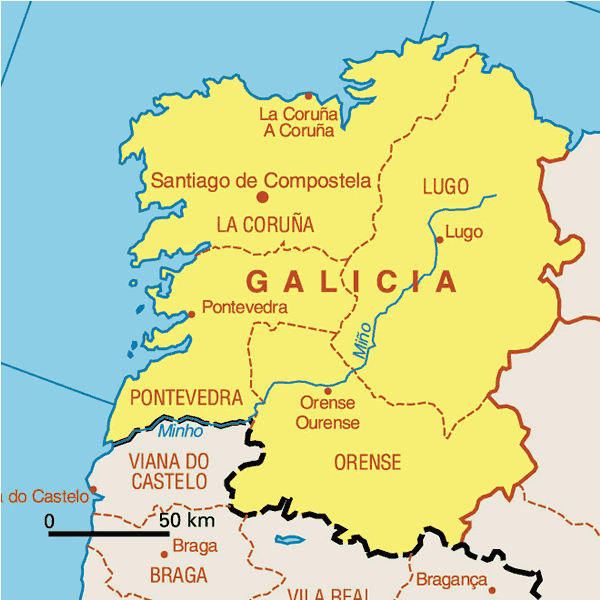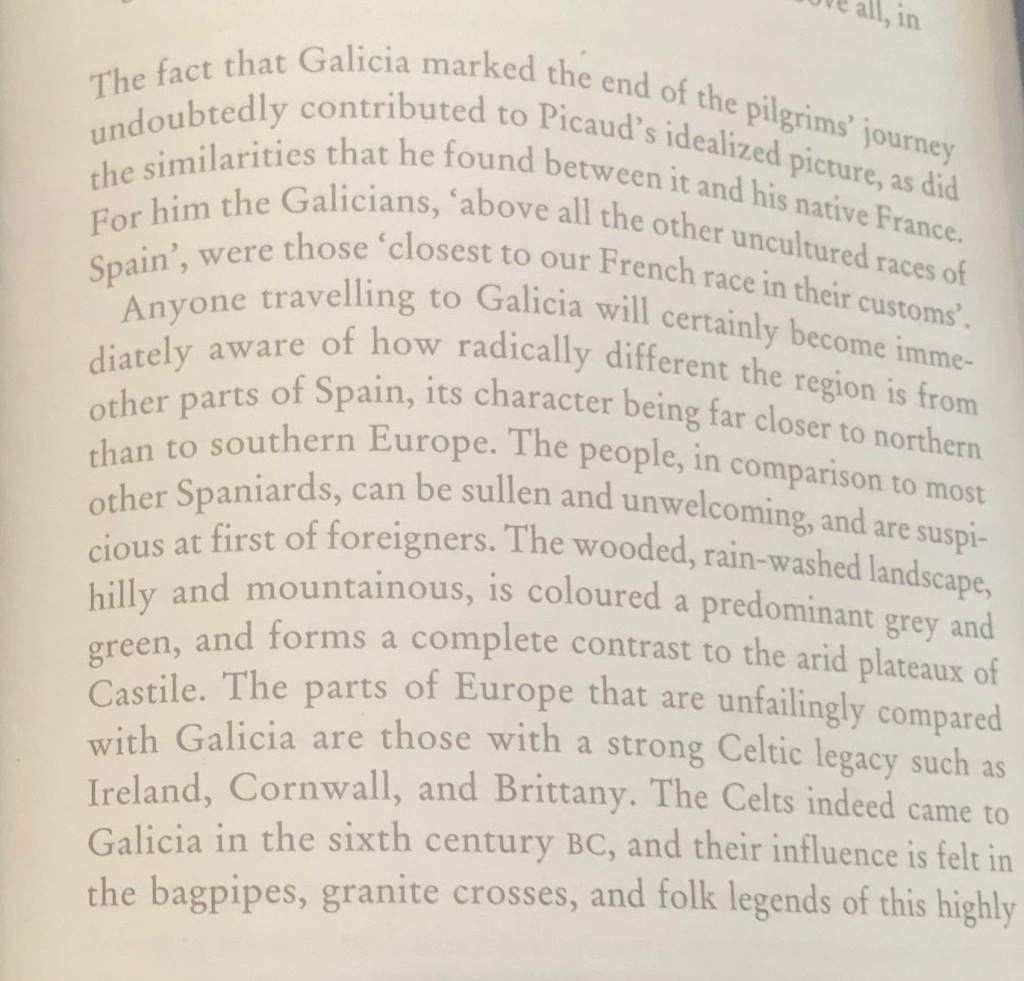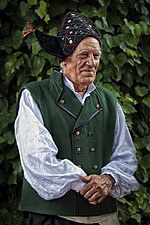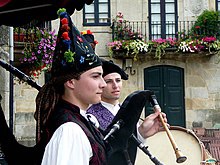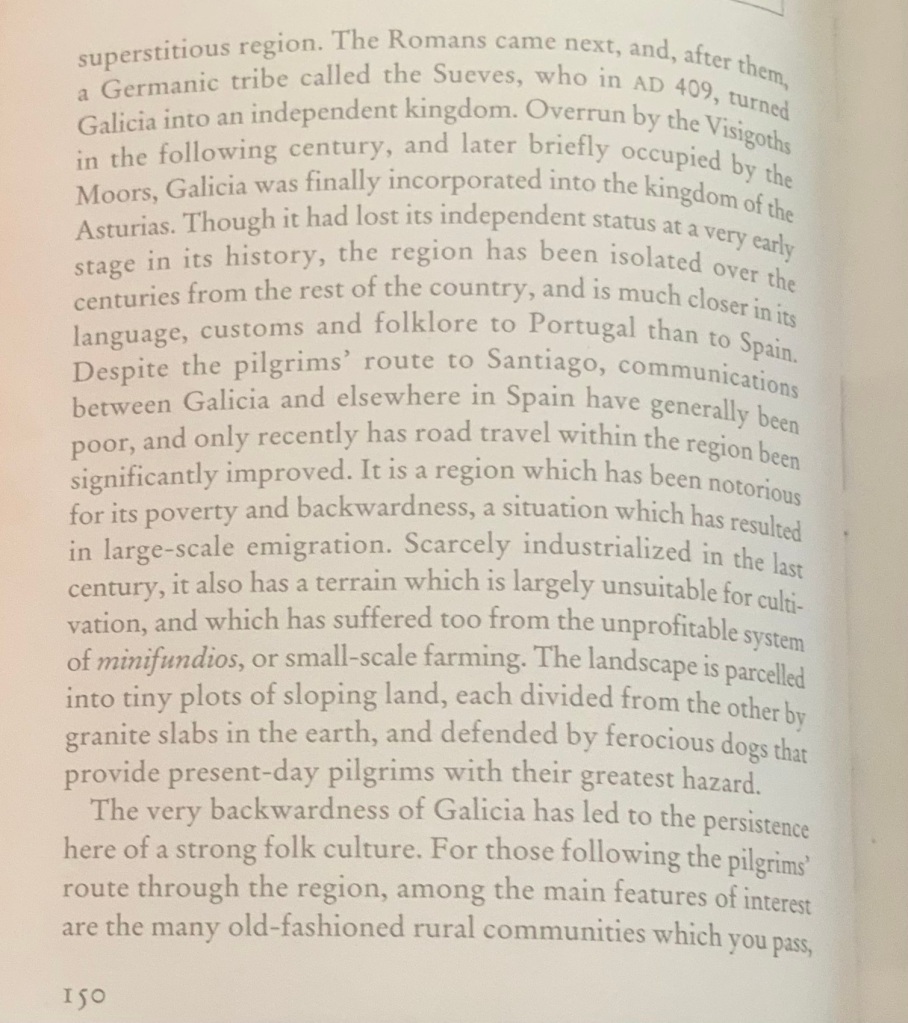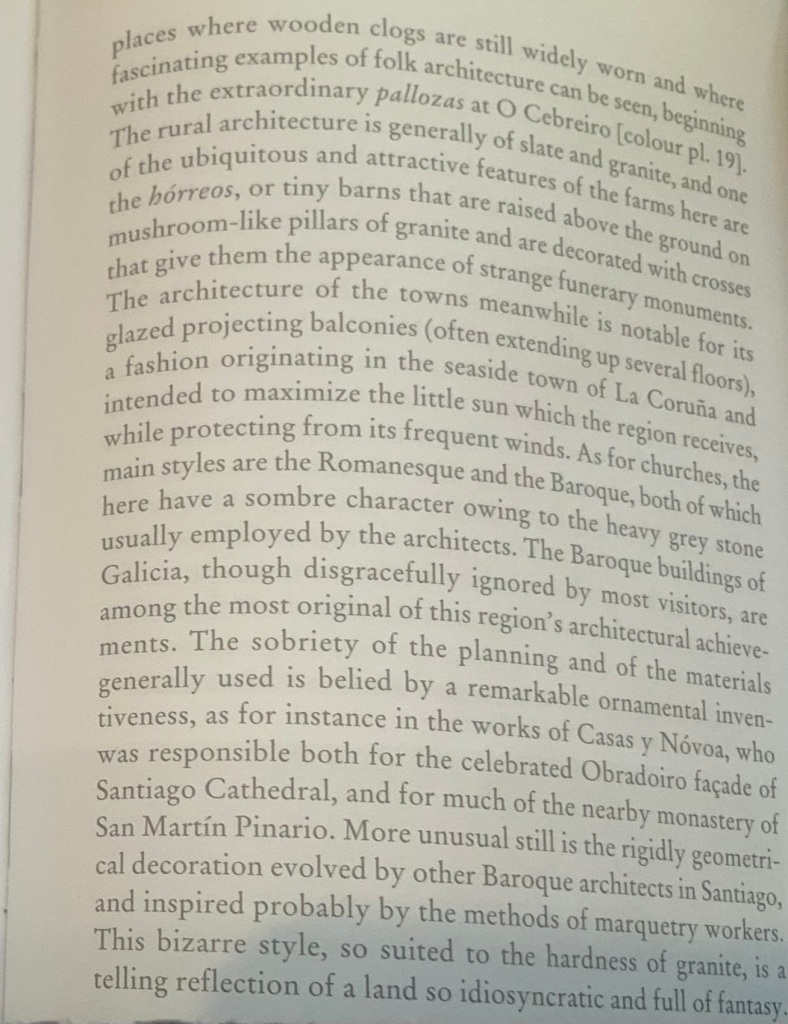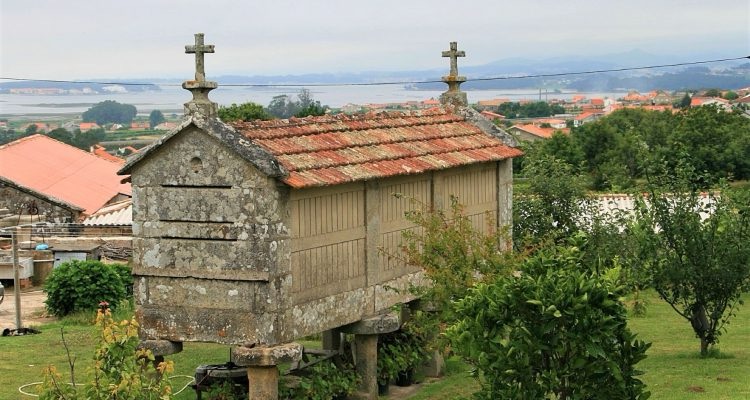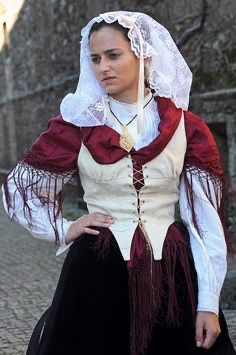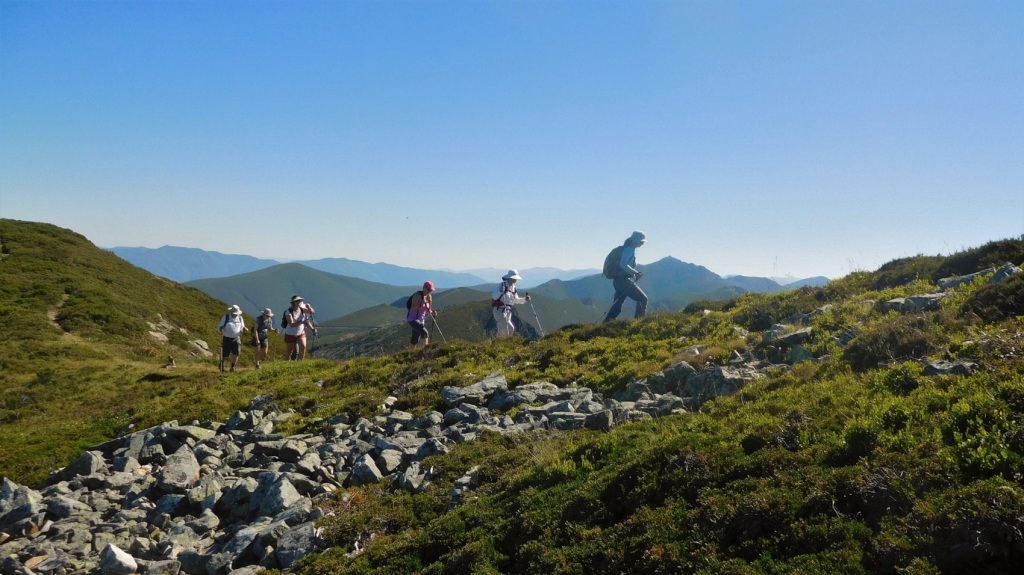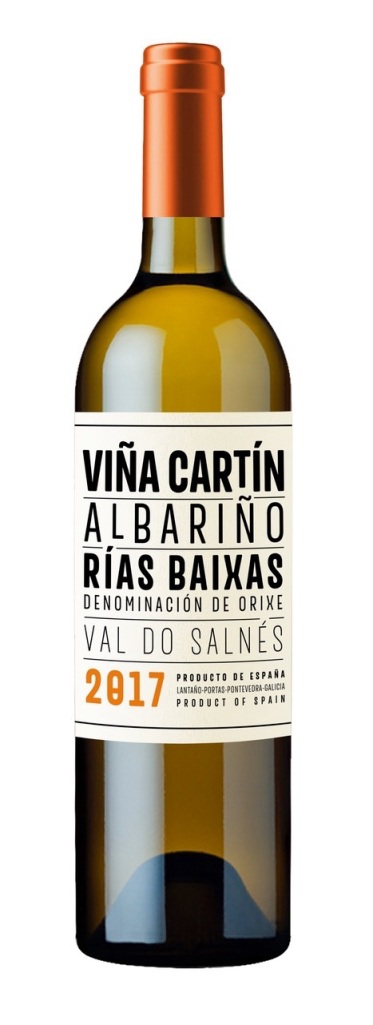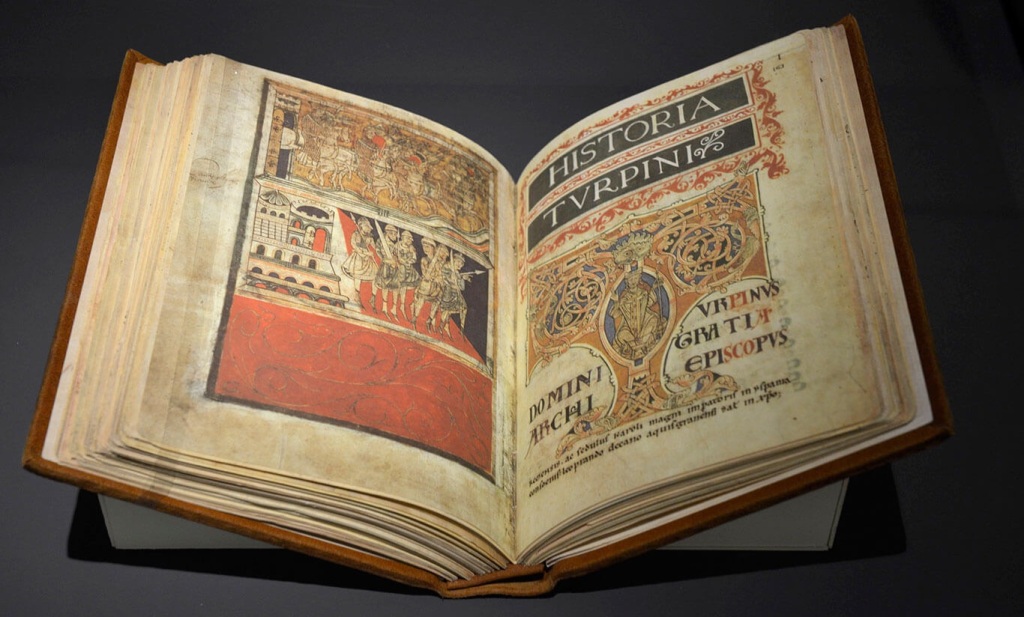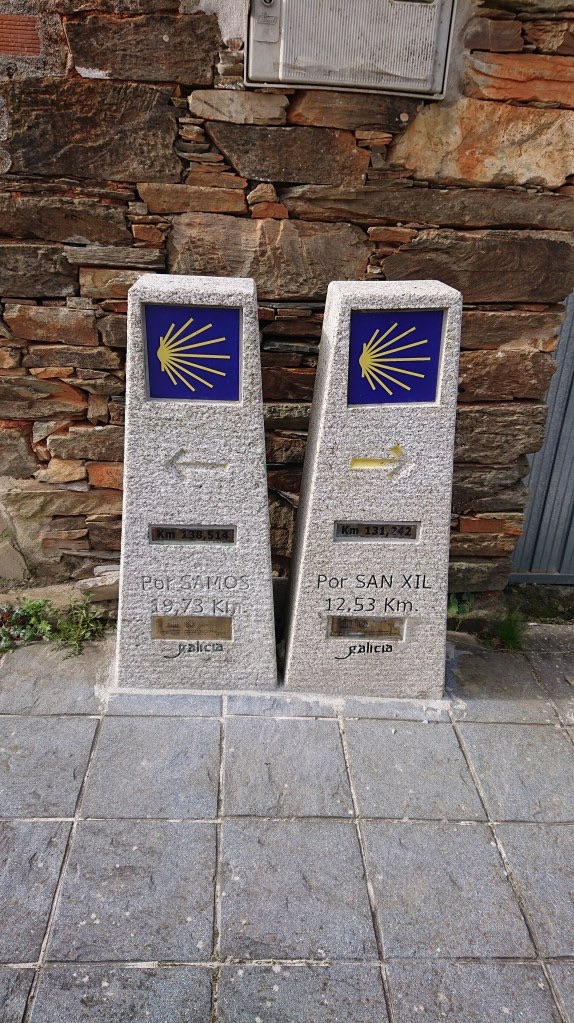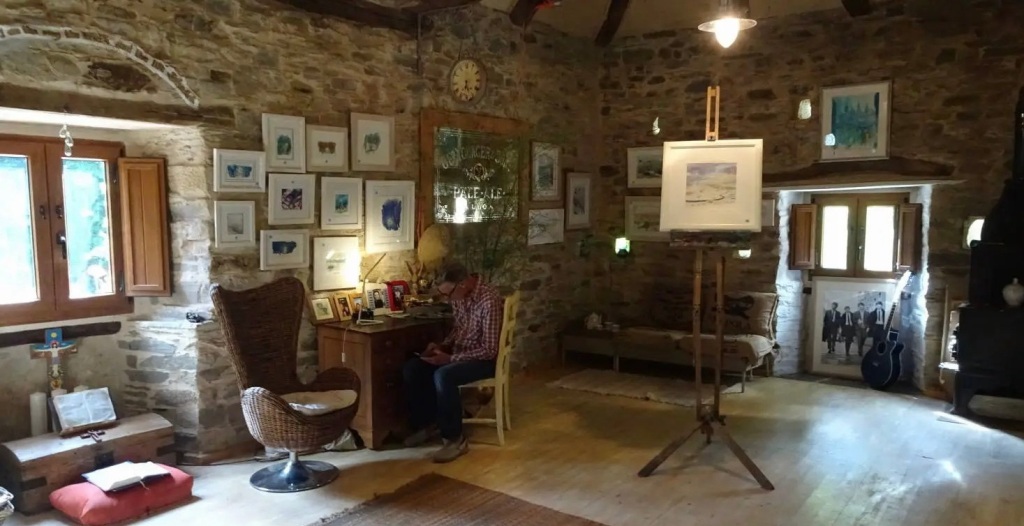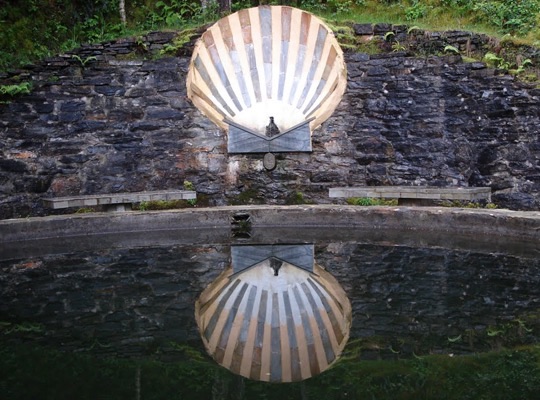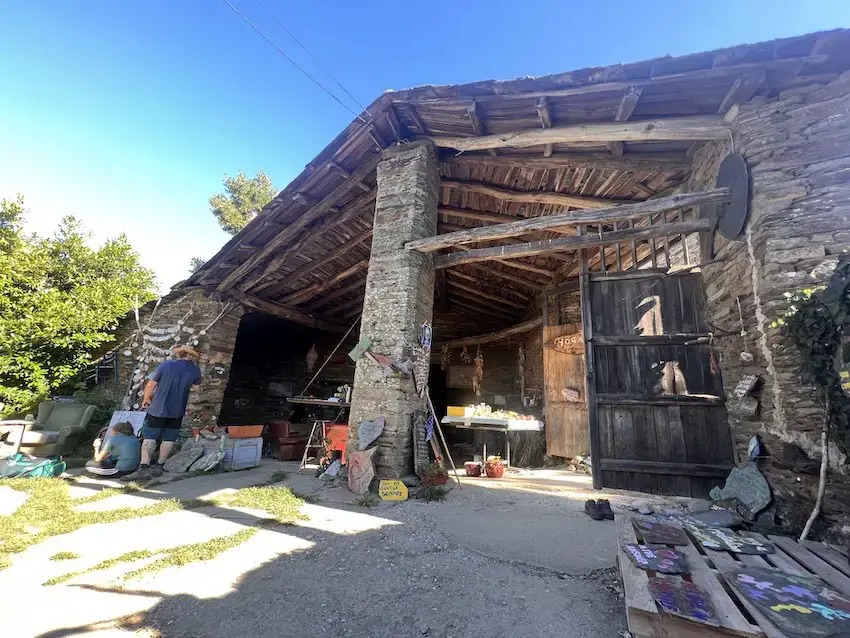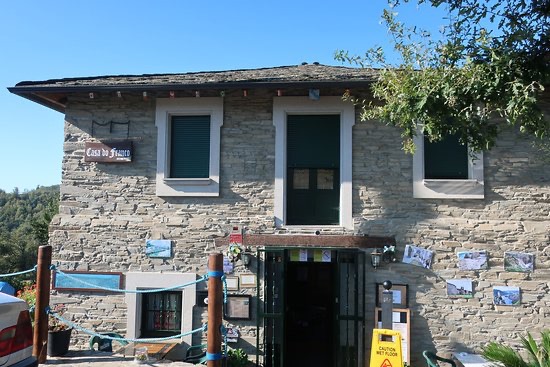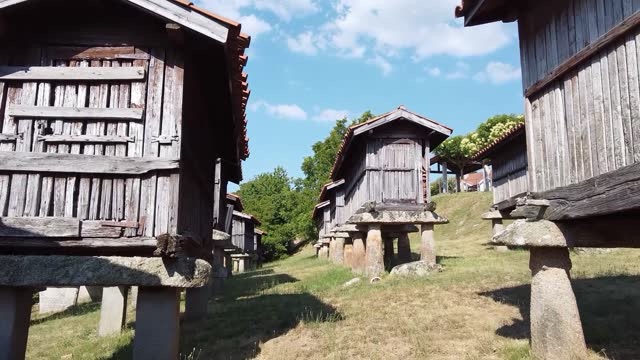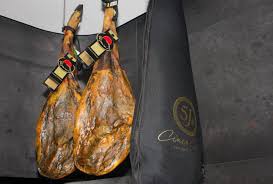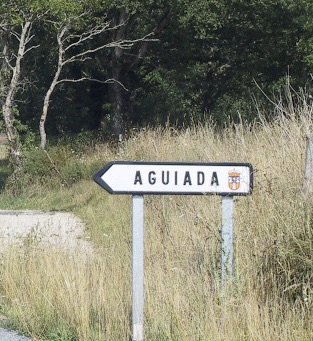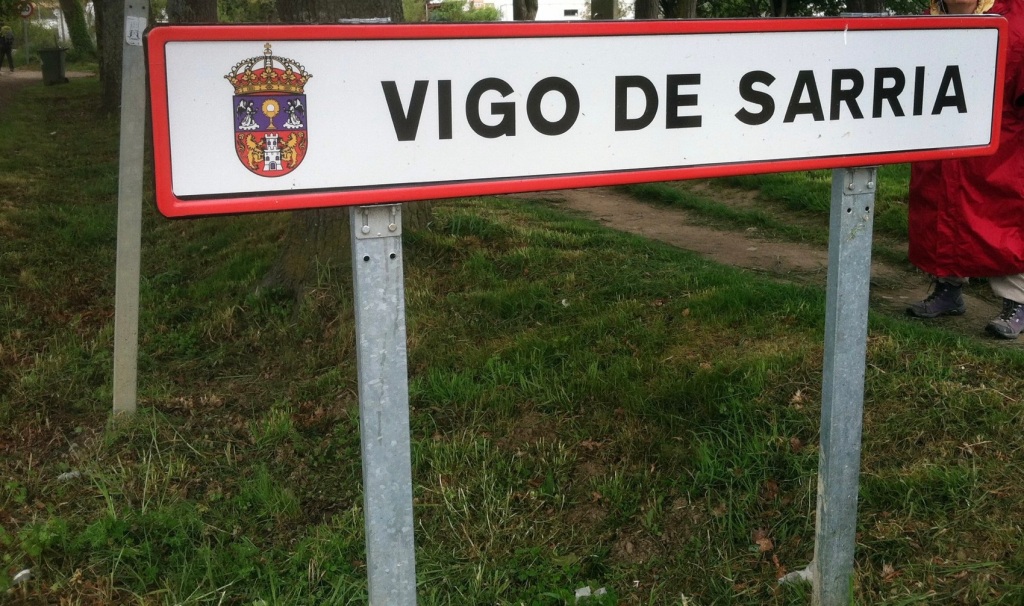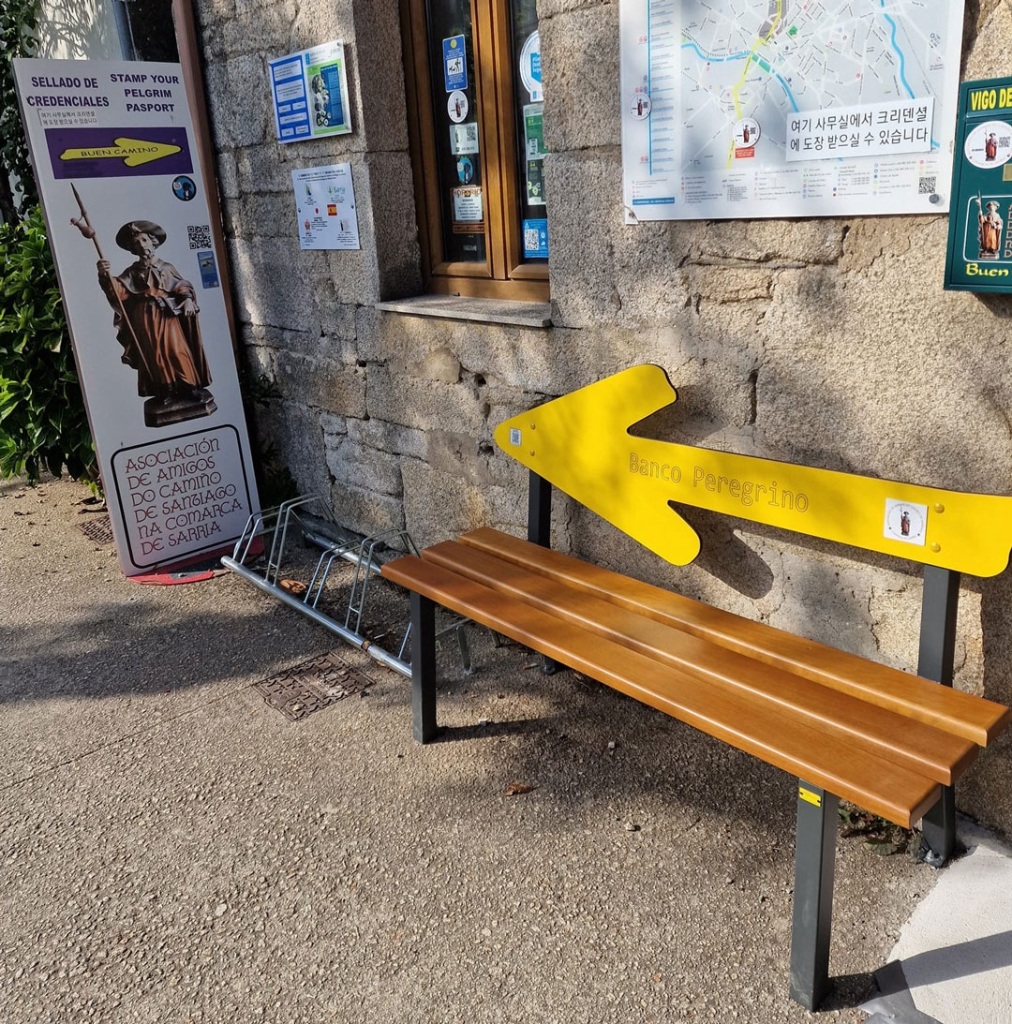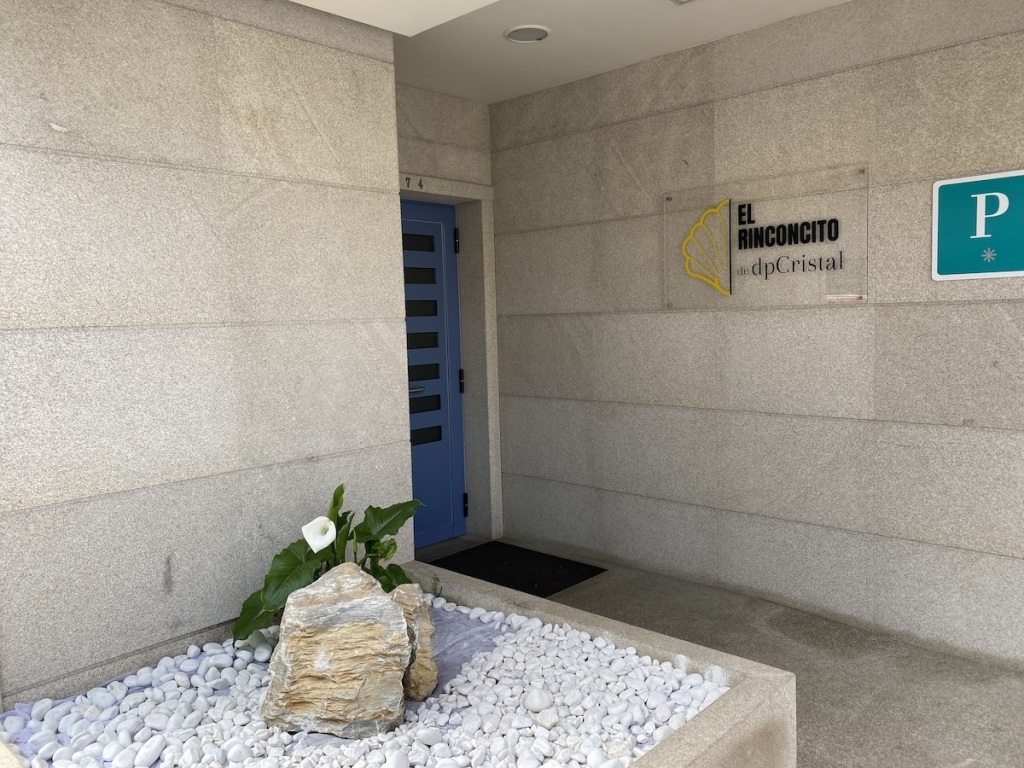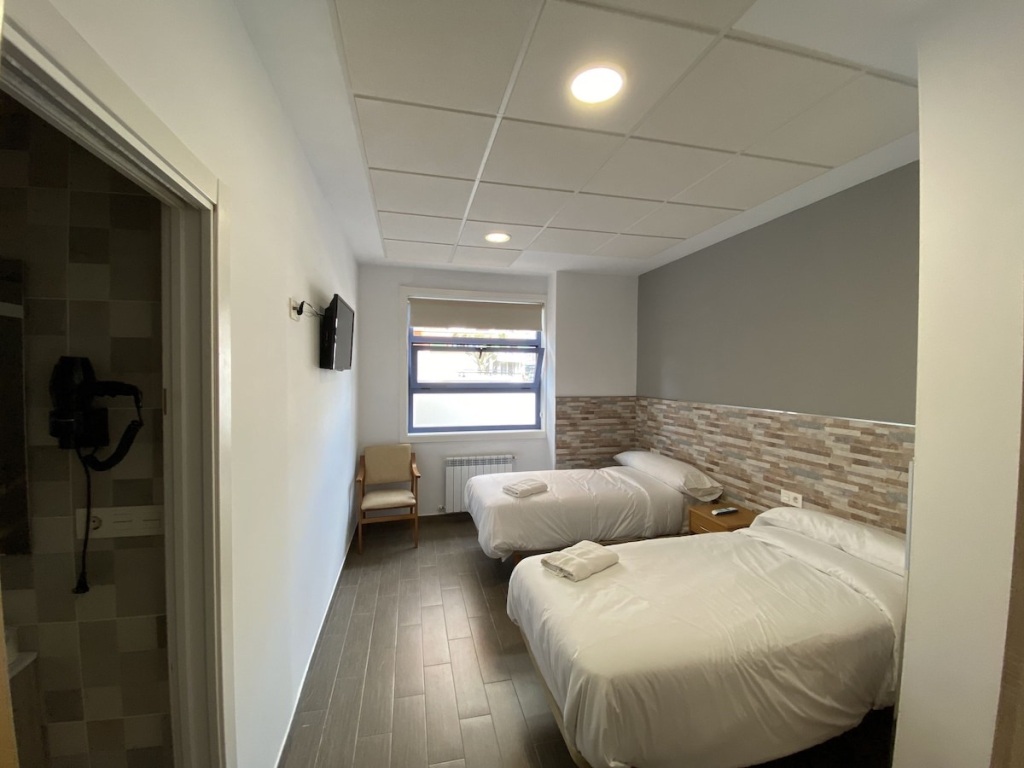https://youtu.be/VwhZmQHHQ34?si=Rz_ Halfway to Paradise by the late Billy Fury – Couldn’t resist it! 🤣 Great song though.
It will be interesting to compare our thoughts about Sarria as we exit along the Rua Mayor,passing the Convento de la Magdalena, where the camino turns left and we descend the hill before crossing the Rio Celeiro over the Ponte Aspera, following the river,we then cross train tracks and begin the first climb of the day.
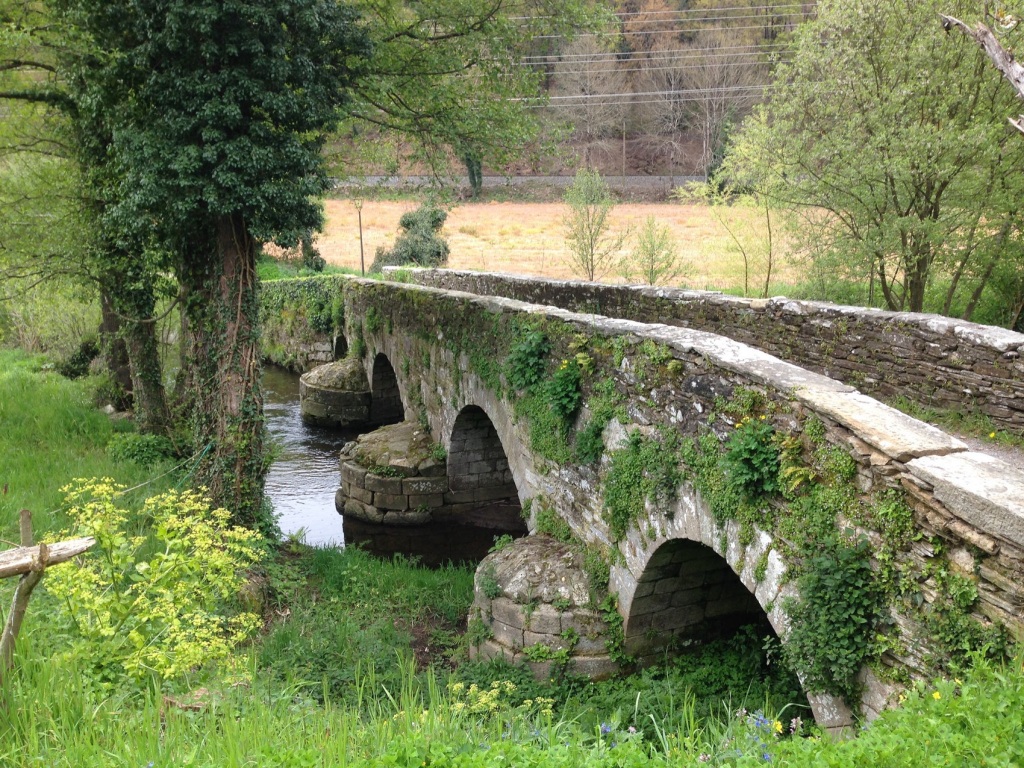
Ponte da Áspera collects two periods between its stones. It conserves three semicircular arches of Romanesque invoice, built in granite. The rest of the bridge is later, since it was very deteriorated, and dates from the 18th century, in the middle of the Modern Age. This late addition is built in slate.
This bridge that leads to Barbadelo, the next stop on this stage of the Camino de Santiago, is one of the seven emblematic points of the Camino chosen for a rehabilitation project. The vegetation is cleared periodically so as not to leave the image of an abandoned Sarria in the imagination of the pilgrims. A ponte da Áspera hides a lot of history to let it go unnoticed among the brambles and ferns.
Passing through an “ enchanted “ Oak forest and 3.7 km along we reach Barbadelo with its Romanesque church of Santiago de Barbadelo.
An informative link :-https://www.caminodesantiago.gal/en/recurso/4502/igrexa-parroquial-de-santiago-de-barbadelo
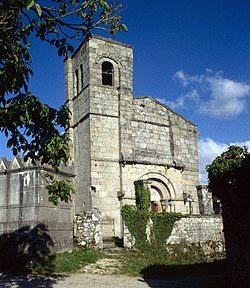
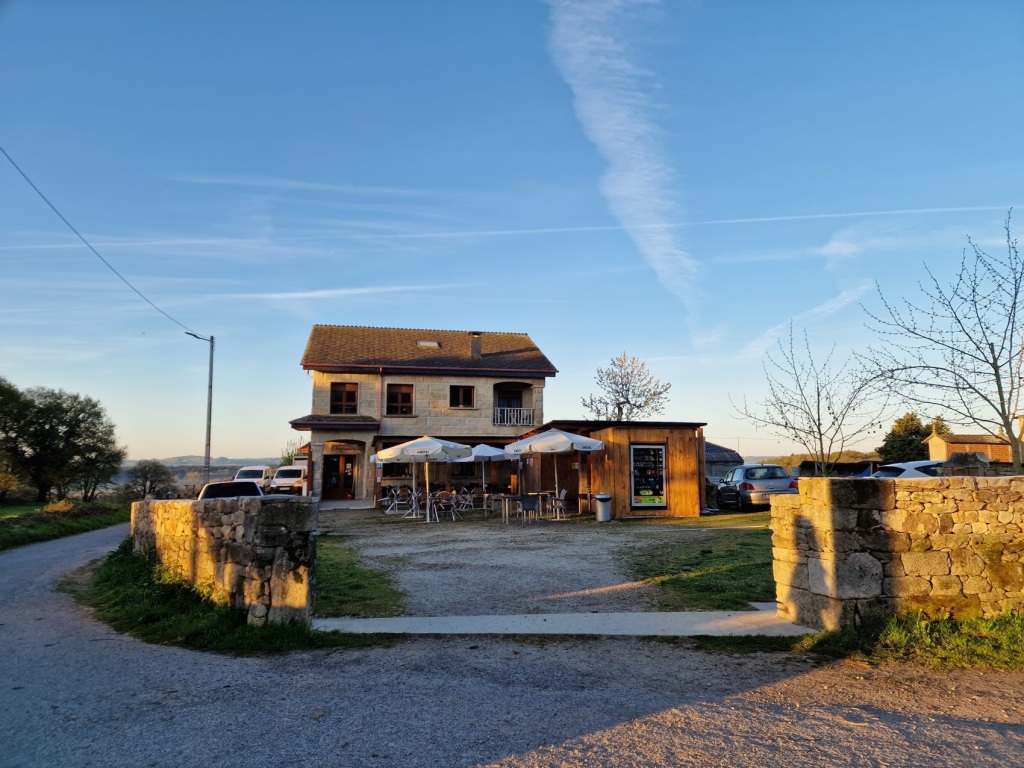

Next village is Morgade with another tempting cafe. We will encounter some large medieval pavements,stones of the millennia – old path . Also, dozens of Horreos, most filled with dried corn for the farm animals.
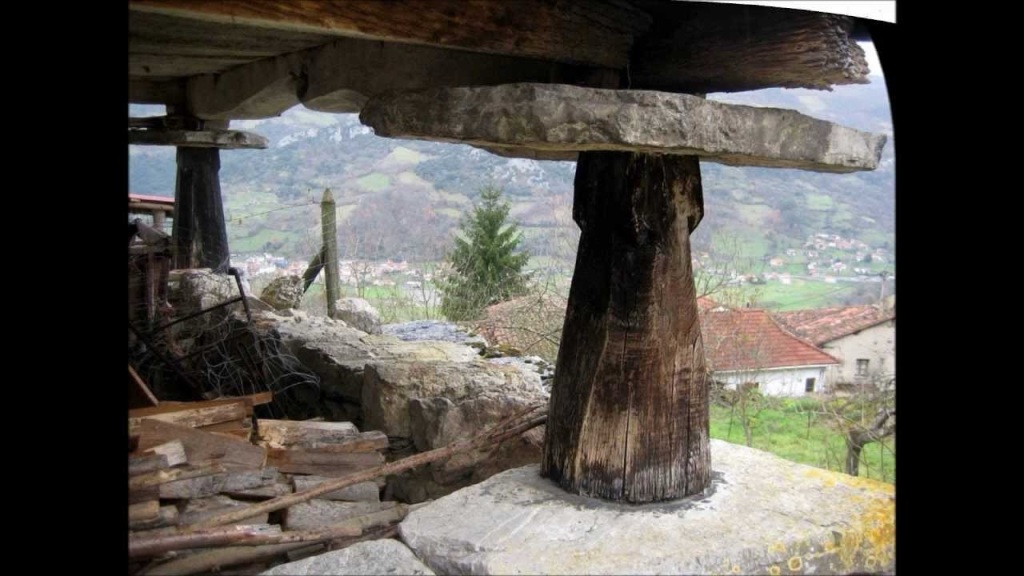

Leaving Morgade, we continue through forests and pastures but also through vineyards that are part of Lugos province’s Ribeira Sacra wine region .
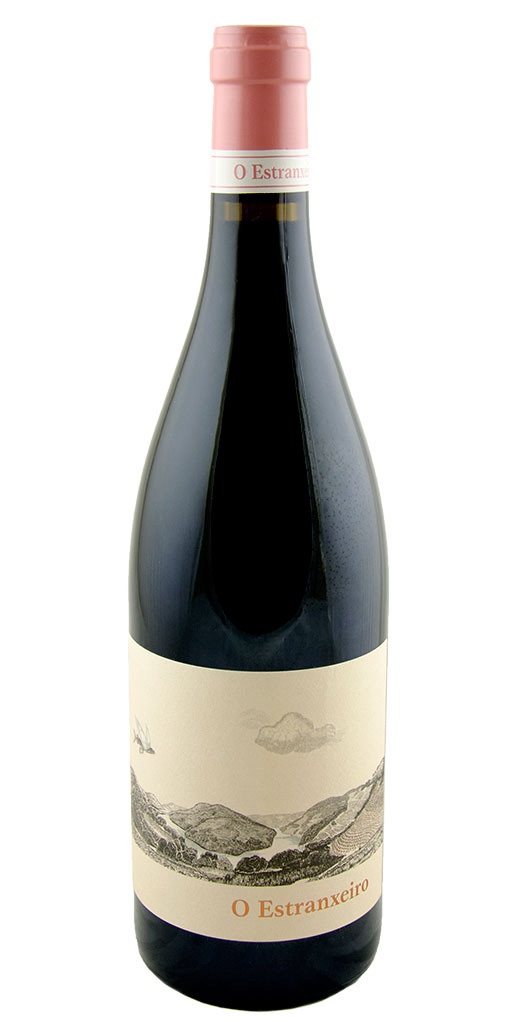
https://music.youtube.com/watch?v=RKk0Nf5n1BM&si=OWklP6F8wKWVPW5C

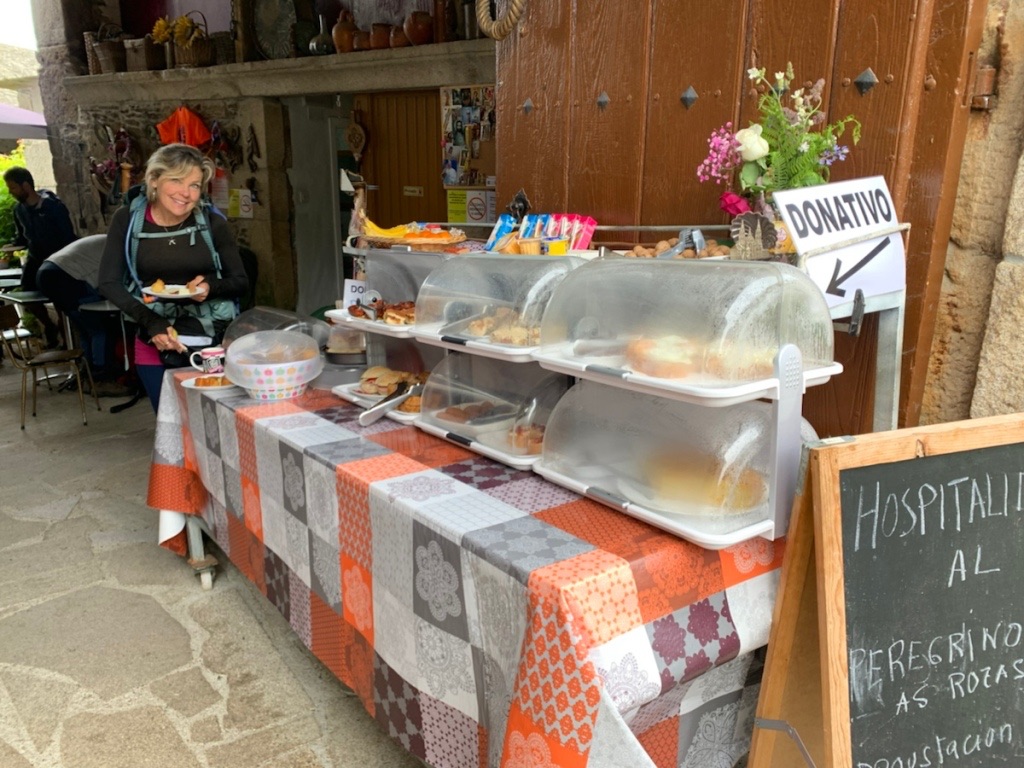
The path descends to the village of Ferreiros – its pilgrim – friendly history going back to the 12 th century – Ferreiros means blacksmith.
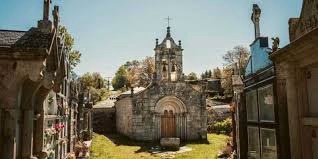
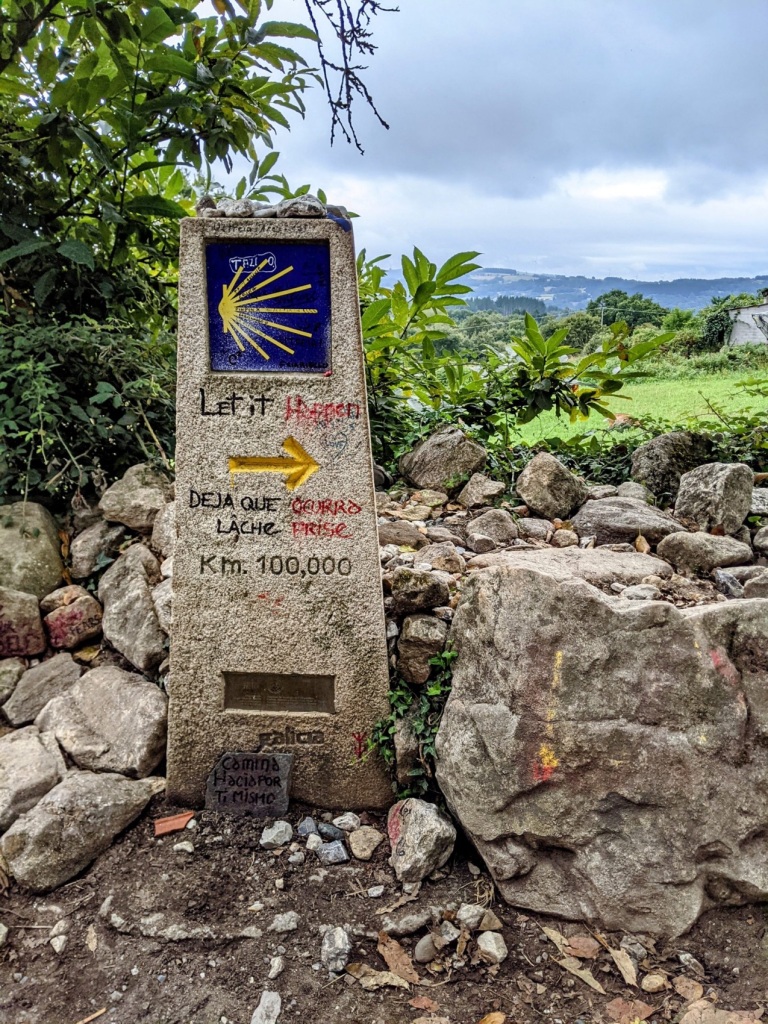
Moving on we reach the the tiny oasis of Mercadoiro with its albergue and an interesting general store.
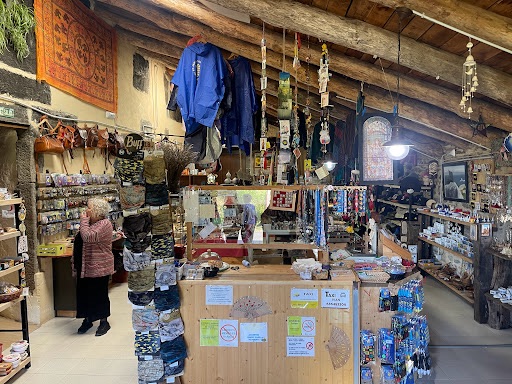
Onwards through Vilacha, approaching Portomarin

into the valley of the River Mino and Portomarin will be in sight.
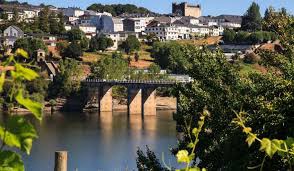

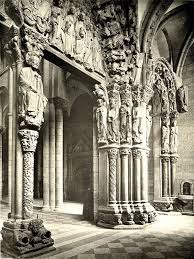
We cross a high modern bridge to enter Portomarin ( pop. 1528 )
https://www.galiciatips.com/en/destinations/portomarin/
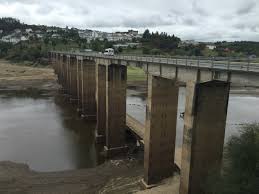
You may be able to see the outlines of some the original village buildings below the waterline .
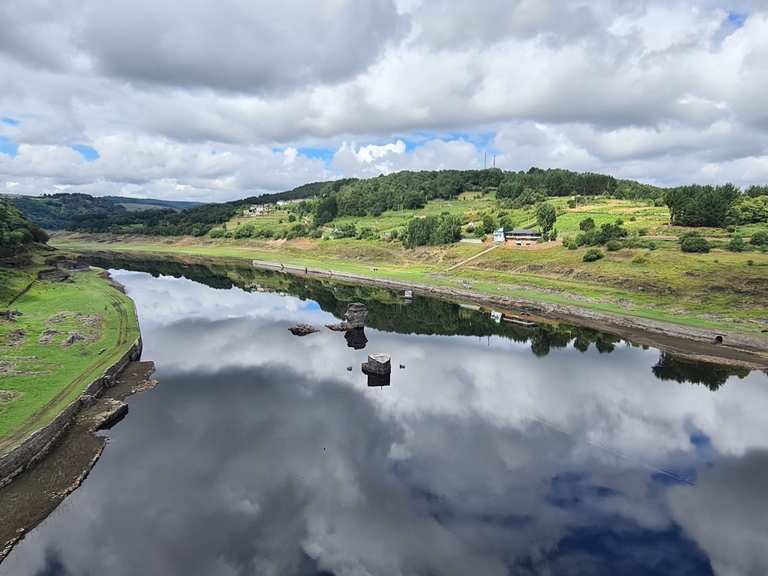
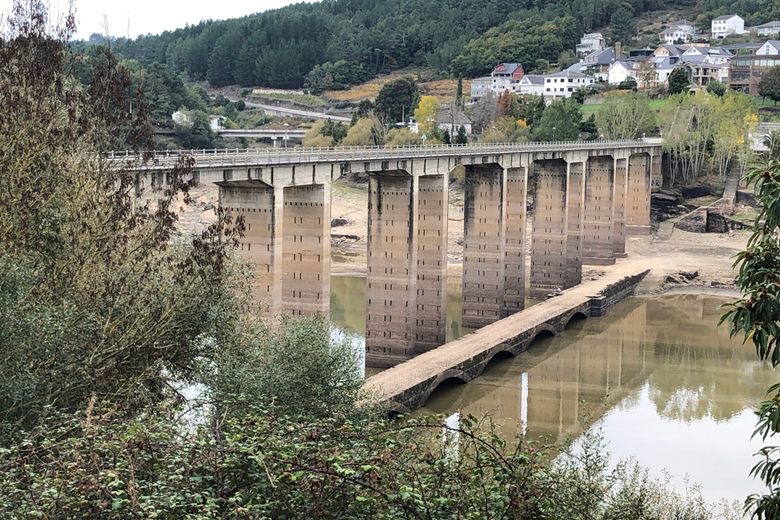
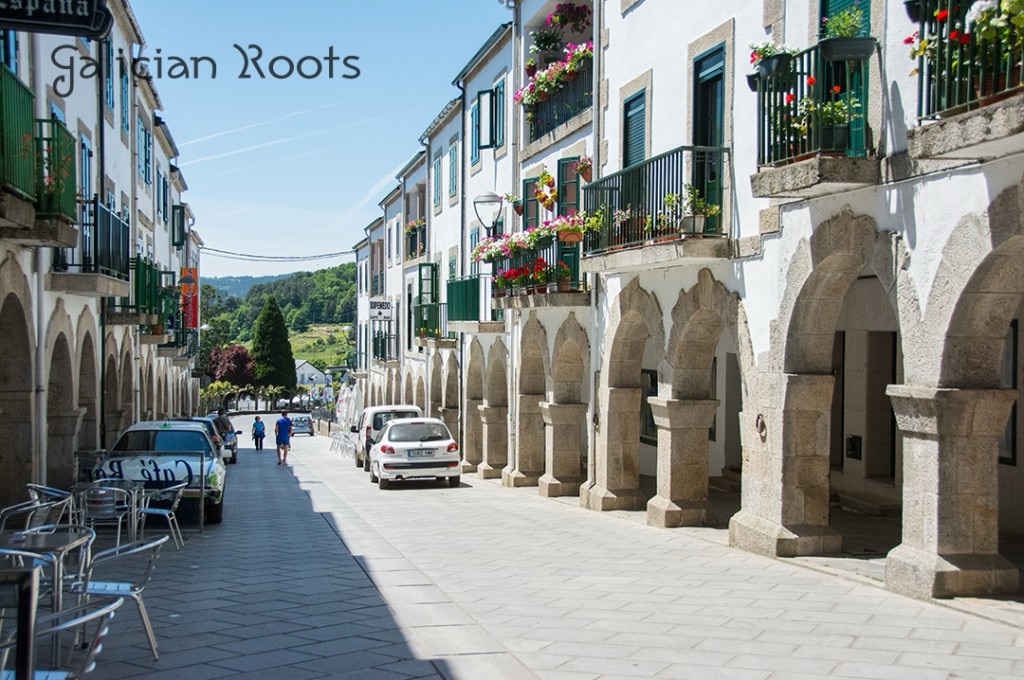
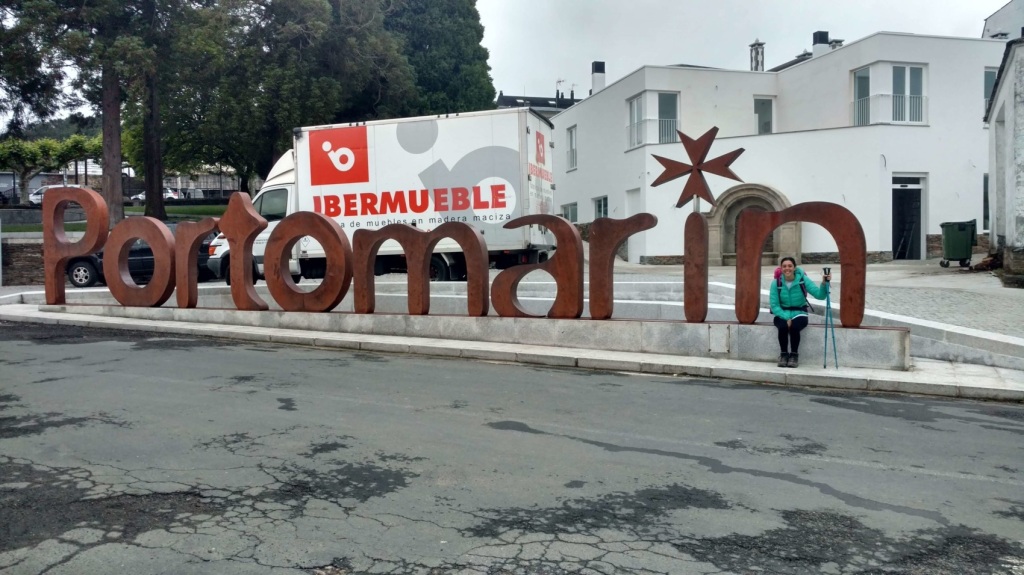

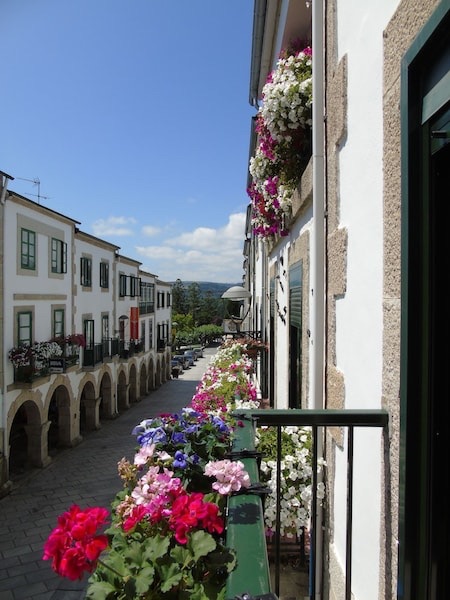

https://music.youtube.com/watch?v=ju_a2-Pve4g&si=xVG5UdLdTeN8POUw
“ Wherever I Lay My Hat, That’s My Home – Paul Young.
At what is a halfway point for me, at least, I should re-acknowledge some of my sources:
MOON – CAMINO DE SANTIAGO -Beebe Bahrami
THE CAMINO FRANCES – Wise Pilgrim Guide
Camino de Santiago – Camino Frances – John Brierley
The Road to Santiago- Michael Jacobs
Camino de Santiago – Village to Village – Dintman & Landis
Camino de Santiago- Sergi Ramis
( And the 🛜 which makes us all “thieves of ideas”…& photos )
“Journeys are lived three times: when you plan them, when you live them, and when you remember them… ”
Everything is cycles, time moves on. Too fast when you’re having a better time.
So much to wish for this trip, so much to plan it, so much organization, make lists, check the Internet, research, send messages, agree, make decisions.
And on the other hand, nerves, fear, doubt, distress, excitement, joy, anxiety.
This is all part of the journey, there are things that are resolved day by day, there are decisions that are made in the moment.
The most important thing is to enjoy everything, live intensely, every moment, every moment.
“ Finished the Camino from SJPDP earlier this month. Like others I could talk about the personal experience I had, but I would rather pay tribute to the local Spanish people who were overwhelmingly polite, welcoming and friendly. Add to that the great food, beer, wine, culture, architecture etc etc- they have so much to proud of. Thank you Spain.” On a forum 26/04/24
But Portomarín is undoubtedly famous for its good eau-de-vie, so much so that its gastronomic festival honours this concoction made using alquitaras, the oldest method of distilling eau-de-vie. You can’t leave this charming village without trying a shot. The most traditional ones are blanca, crema de orujo, coffee liqueur, and aguardiente de hierbas, called “liquid ibuprofeno” by many tavernkeepers as they assure that they cure all the aches and pains of the pilgrim. “ An Orujo …Gracias “.

“Liquid Ibuprofeno ” – Love it…but not after breakfast!

